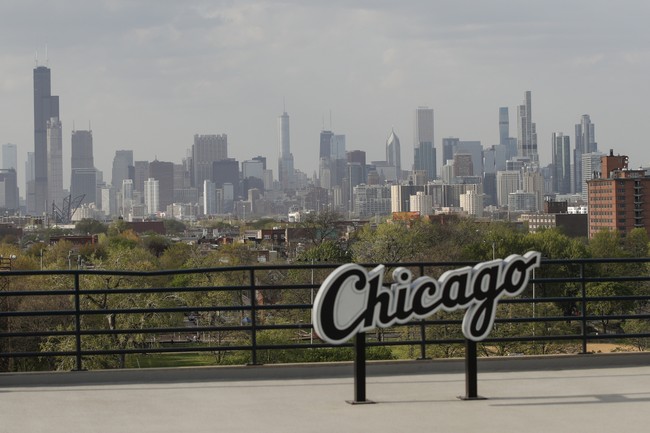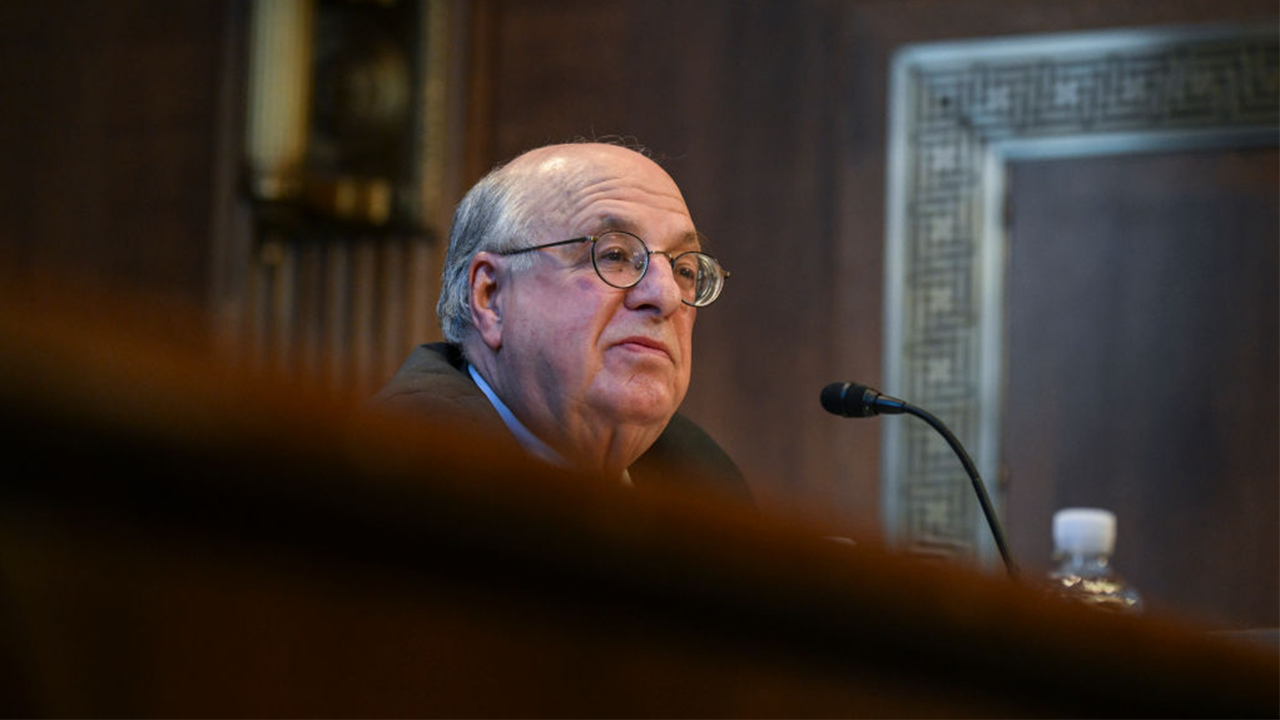The U.S. Supreme Court on Tuesday lifted an injunction that had blocked President Donald Trump’s executive order calling for mass layoffs across federal agencies, removing a major legal barrier to his administration’s plan to restructure the federal workforce.
The unsigned majority opinion emphasized that the Court was not ruling on the legality of the layoffs themselves, but rather allowing the administration to proceed with its implementation while legal proceedings continue in lower courts.
The ruling reversed a temporary injunction issued on May 22 by U.S. District Judge Susan Illston in San Francisco, who had halted the layoffs on the grounds that Trump may have exceeded his authority by bypassing congressional consultation.
Today, the Supreme Court stopped lawless lower courts from restricting President Trump’s authority over federal personnel — another Supreme Court victory thanks to @thejusticedept attorneys.
Now, federal agencies can become more efficient than ever before.
— Attorney General Pamela Bondi (@AGPamBondi) July 8, 2025
Trump’s Sovereign Wealth Fund: What Could It Mean For Your Money?
In her dissent, Justice Ketanji Brown Jackson issued a 15-page opinion criticizing the majority’s decision.
This Could Be the Most Important Video Gun Owners Watch All Year
“For some reason, this Court sees fit to step in now and release the President’s wrecking ball at the outset of this litigation,” Jackson wrote.
She further stated, “It was eminently reasonable for the District Court to maintain the status quo while the courts evaluate the lawfulness of the President’s executive action.”
Jesse Watters exposes how retarded Ketanji Brown Jackson is 🤣
“Sotomayor thought her dissent last week was so ridiculous, she told her she didn’t understand the case” pic.twitter.com/Cz9wTmOQRM
— Sara Rose 🇺🇸🌹 (@saras76) July 9, 2025
🚨 OMG: Now a LIBERAL Supreme Court justice is trying to teach Justice Ketanji Jackson how this whole “judicial” thing works…
Jackson is the ONLY dissent. Sotomayor has to remind Jackson, for some reason, that the case before them is NOT about what Jackson thought it was.
My… https://t.co/XC1BkhrMs3 pic.twitter.com/FFGFz41Ous
— Eric Daugherty (@EricLDaugh) July 8, 2025
President Trump, who returned to office in January, had issued a directive in February ordering 19 federal agencies to prepare for significant staff reductions.
Since that order, an estimated 260,000 federal employees have been dismissed, resigned, or taken early retirement, according to internal government tracking reported by Reuters.
Among the departments affected are Agriculture, Commerce, Health and Human Services, State, Treasury, and Veterans Affairs, along with over a dozen other agencies.
The executive order instructed these agencies to finalize reorganization plans, many of which had been placed on hold following the May injunction.
🚨BREAKING: The U.S. Supreme Court Votes 8-1 to ALLOW President Trump to CUT the Federal Workforce in any department he chooses
Justice Ketanji Jackson was the ONLY “No” vote. pic.twitter.com/wH3HhkuGg3
— The Patriot Oasis™ (@ThePatriotOasis) July 8, 2025
In response to the Supreme Court’s ruling, the White House issued a statement calling it a “definitive victory for the president and his administration,” saying it reinforced Trump’s authority to drive efficiency within the federal government.
However, two White House officials, speaking on condition of anonymity, clarified that the ruling does not grant immediate authorization to execute layoffs.
One source said that “additional delays or legal hurdles could alter the scope and timing of the cuts.”
Judge Illston’s earlier ruling had found that the administration may have overstepped its authority by initiating agency downsizing without consulting Congress, which is responsible for creating and funding federal departments.
The plaintiffs in the case — including unions, nonprofit organizations, and local governments — warned that the planned layoffs could result in hundreds of thousands of job losses and disrupt vital public services.
In a joint statement following the Supreme Court decision, the plaintiffs said, “The ruling dealt a serious blow to our democracy and puts services that the American people rely on in grave jeopardy.”
Despite the legal uncertainties, some agencies are already preparing to move forward.
The State Department, which has proposed cutting nearly 2,000 employees, posted on X, “We will continue to move forward with our historic reorganization plan.”
Today’s near unanimous decision from the Supreme Court further confirms that the law was on our side throughout this entire process. We will continue to move forward with our historic reorganization plan at the State Department, as announced earlier this year. This is yet another…
— Department of State (@StateDept) July 8, 2025
Public response to the restructuring effort has been divided along political lines.
An April Reuters/Ipsos poll found that 56% of Americans supported Trump’s plan to reduce the size of the federal government, while 40% opposed it.
Support among Republicans stood at 89%, compared to 26% among Democrats.
The reorganization initiative is being led by Elon Musk through the Department of Government Efficiency, a new entity established by Trump after taking office.
Musk and his team moved quickly to implement downsizing measures, including accessing government systems and overseeing workforce reductions.
The U.S. Agency for International Development and the Consumer Financial Protection Bureau were among the agencies reportedly shuttered as part of the plan.
Opposition groups, including federal employee unions and Democratic lawmakers, have argued that the approach has led to confusion and undermined critical services, including the processing of Social Security benefits.
Tuesday’s decision marks the latest in a series of favorable Supreme Court rulings for the Trump administration.
The Court has previously issued emergency orders permitting the enforcement of several executive policies, including a ban on transgender individuals serving in the U.S. military and the removal of temporary legal status for certain migrant populations.
These decisions, often issued under the Court’s emergency docket, known as the “shadow docket,” have enabled Trump to advance key parts of his policy agenda without prolonged delays from the lower courts.
As the legal battle over the federal workforce cuts continues, the administration is expected to push ahead with its restructuring efforts unless further court rulings intervene.
Celebrate Summer with this LIMITED EDITION Grizzly Trump Cooler! Exclusively on Mammoth Nation.
Read the full article here


![‘Wrecking Ball’ Supreme Court Decision Gives Trump Power to Drain Deep State Swamp [WATCH] ‘Wrecking Ball’ Supreme Court Decision Gives Trump Power to Drain Deep State Swamp [WATCH]](https://www.lifezette.com/wp-content/uploads/2025/06/2025.06.29-11.49-lifezette-686128667e36f.jpg)




![Georgia Judge Tosses Several Charges Against Trump as Case Continues to Unravel [WATCH] Georgia Judge Tosses Several Charges Against Trump as Case Continues to Unravel [WATCH]](https://www.lifezette.com/wp-content/uploads/2025/01/2025.01.06-03.27-lifezette-677bf6474dc8f.jpg)



![Hunter Biden Floats Charlie Kirk Conspiracy, Attacks Journalist That Exposed Him [WATCH] Hunter Biden Floats Charlie Kirk Conspiracy, Attacks Journalist That Exposed Him [WATCH]](https://www.lifezette.com/wp-content/uploads/2025/08/2025.08.06-11.07-lifezette-6893378283a4a.jpg)
